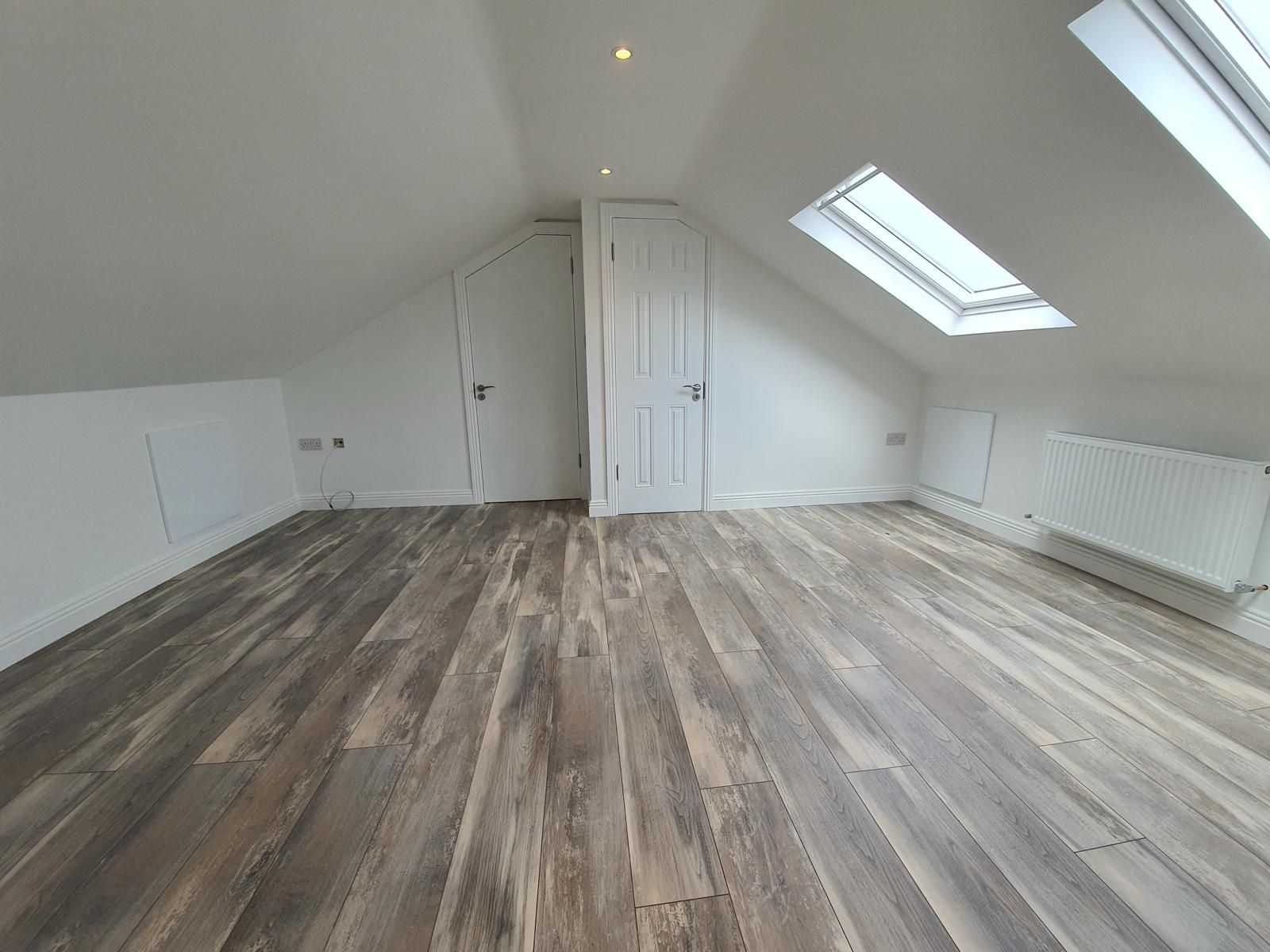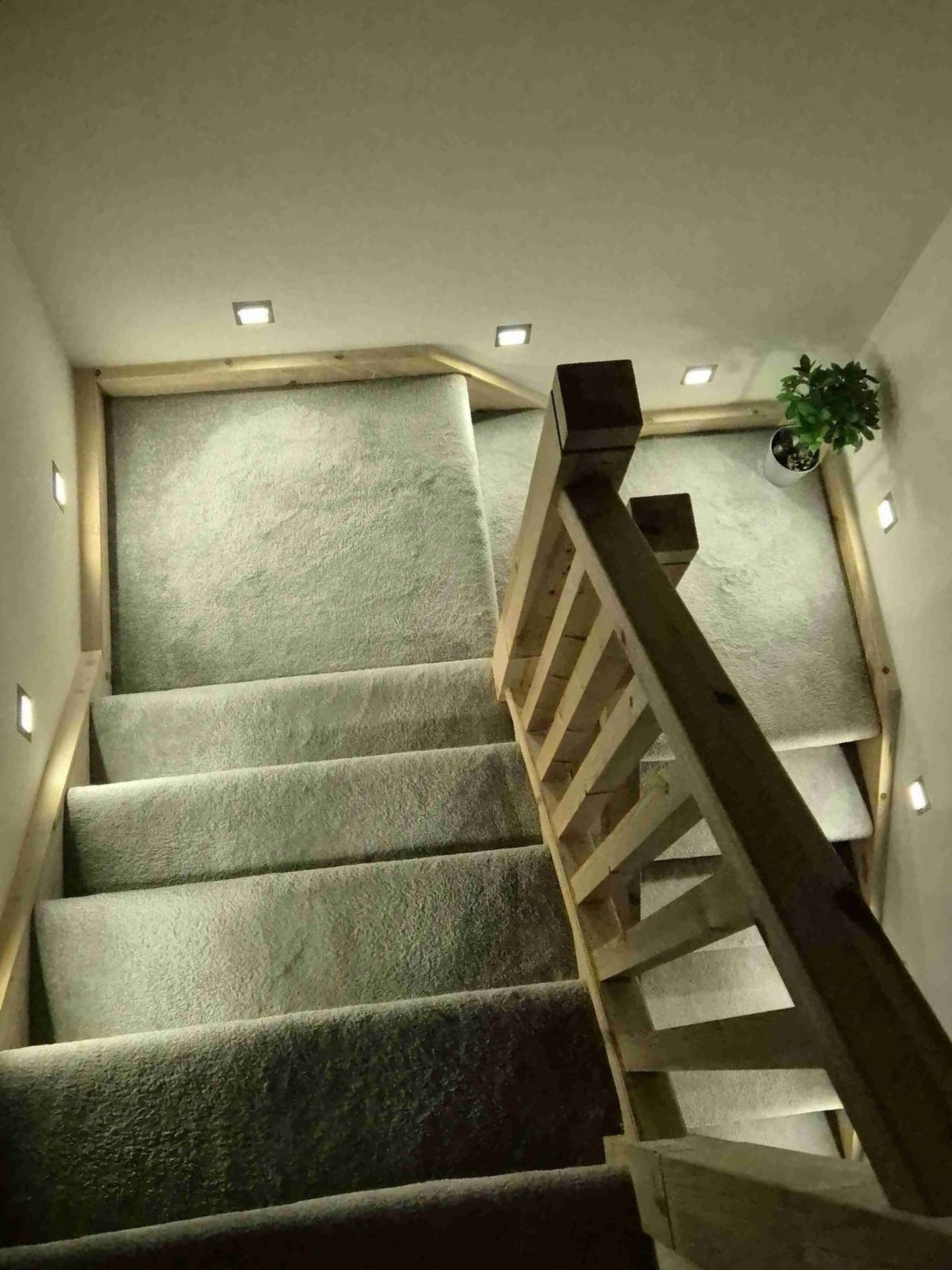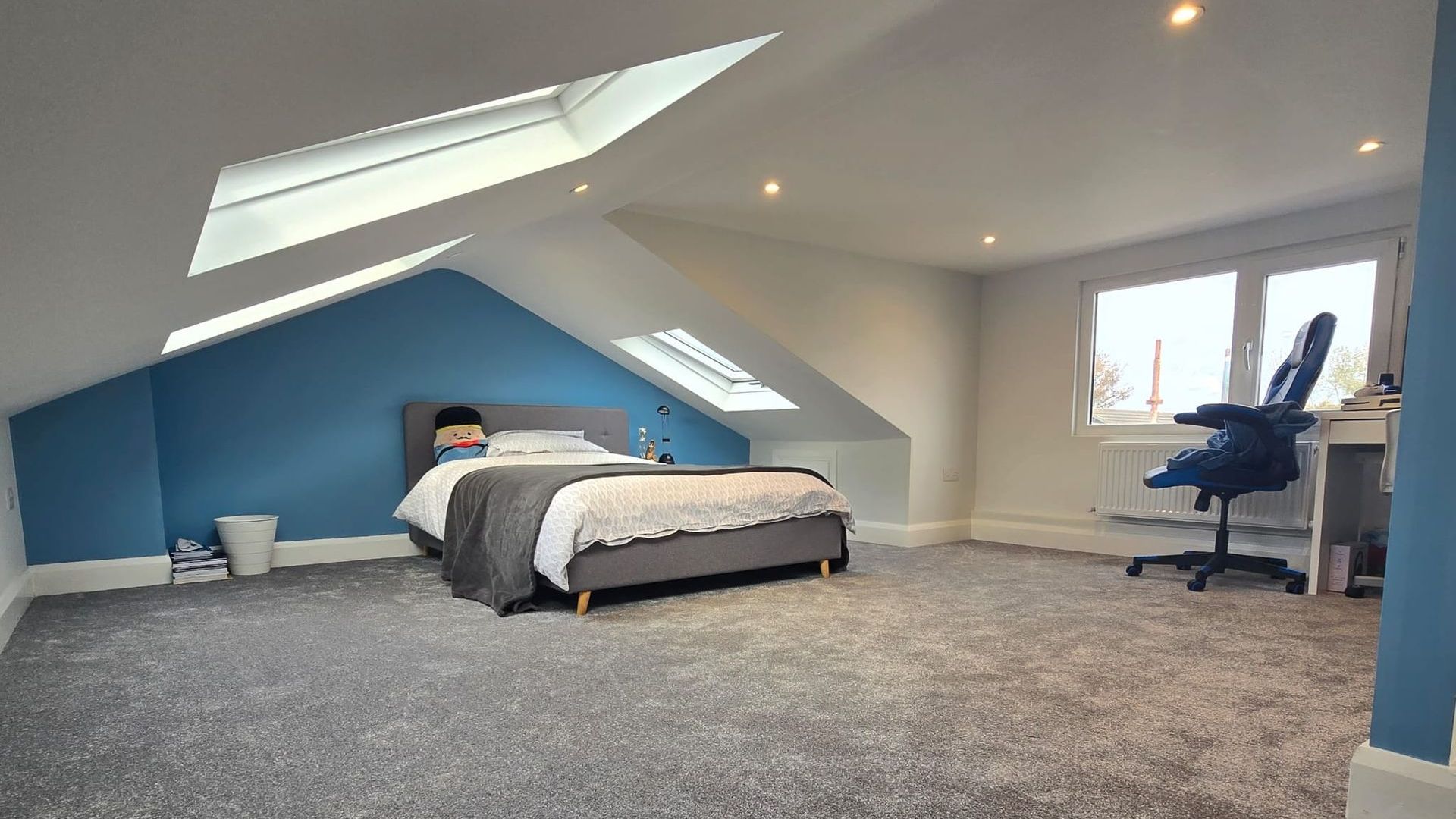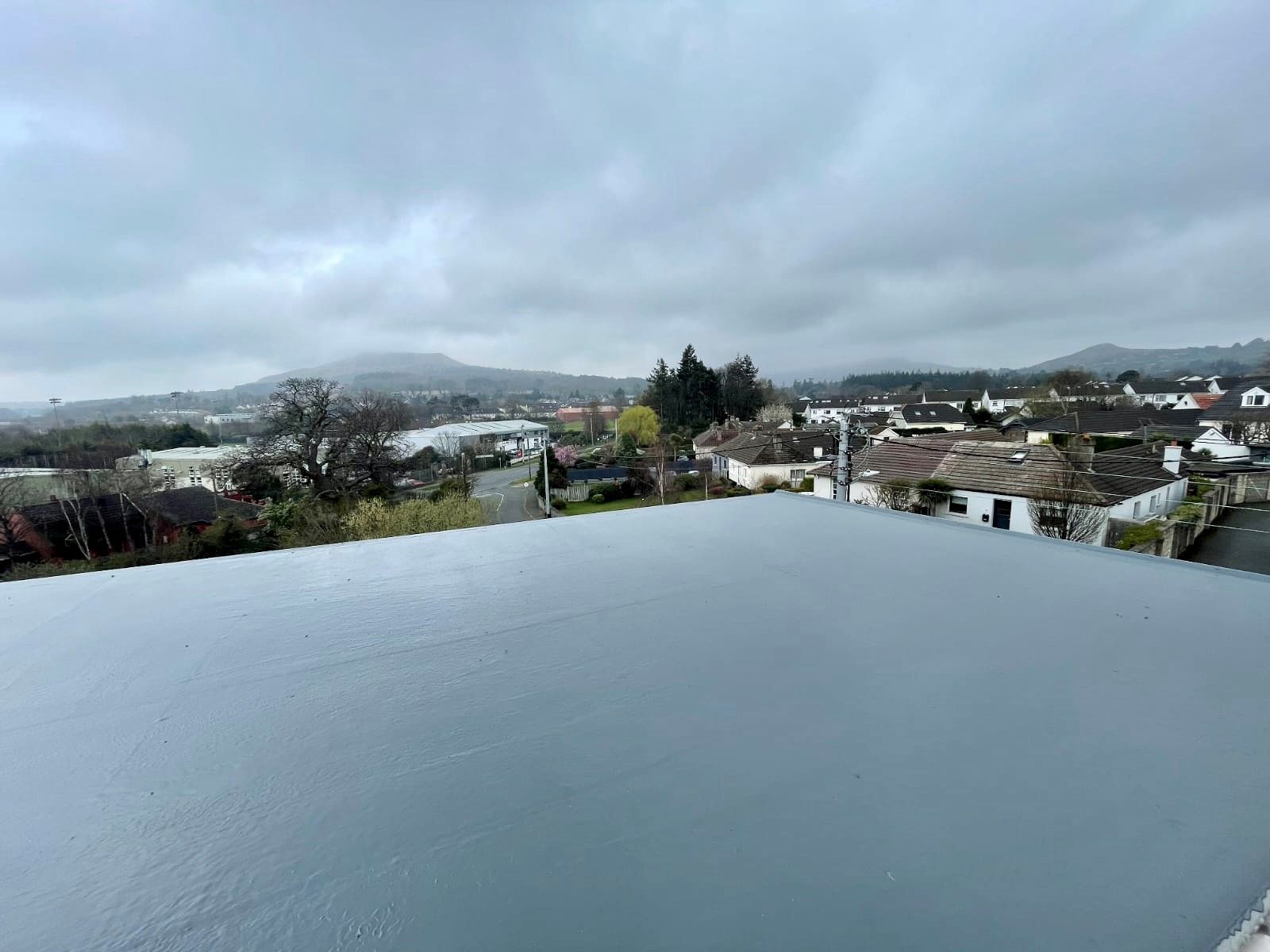How to Choose the Right Flooring for Your Attic Conversion

When planning an attic conversion, choosing the right flooring is a critical decision that impacts not only the aesthetics of your space but also its functionality, comfort, and durability.
Hardwood flooring is a classic option that adds warmth and elegance to any attic conversion. Its durability and timeless appeal make it a popular choice for spaces like guest rooms or home offices. Engineered hardwood is often a better fit for attics than solid wood due to its lighter weight and greater stability. Adding an underlayment helps with soundproofing, reducing noise transfer to the floors below. Pairing hardwood with spray foam insulation ensures optimal energy efficiency and temperature control.
Carpeting is ideal for creating a cosy and quiet attic space. Its soft texture provides warmth underfoot, making it perfect for bedrooms or playrooms. Carpet is also excellent for sound absorption, which is particularly useful in family homes. Low-pile carpet works well in attic spaces as it is easy to maintain and won’t overwhelm a smaller area. Proper insulation is essential to prevent moisture buildup and maintain a comfortable atmosphere.
Vinyl flooring is a versatile and budget-friendly option that combines durability with design flexibility. Available in various styles, including wood and tile effects, vinyl can complement any interior theme. It is lightweight and water-resistant, making it a practical choice for attics with en-suite bathrooms or kitchenettes. Luxury vinyl planks offer a more premium look while retaining the easy maintenance and resilience of standard vinyl.
Tiles are a durable and stylish choice for specific attic areas such as bathrooms or utility spaces. Their moisture resistance and longevity make them a practical solution for wet zones. Tiles like ceramic, porcelain, or stone offer various design possibilities to enhance the overall look of your attic. While tiles are heavier than other options, they are a great choice if your attic floor has been reinforced. Underfloor heating can be added to increase comfort, particularly in colder months.
When selecting flooring, consider how it will be used and the demands of the space. Durable materials like hardwood, vinyl, or tiles are better for high-traffic areas, while carpet is suited for low-traffic or relaxation zones. Insulation is also a key factor. Spray foam insulation works well with any flooring choice, ensuring the attic stays warm in winter and cool in summer while also improving soundproofing.
The weight of the flooring should align with your attic’s structural capabilities. Lightweight options like vinyl or engineered hardwood are safe choices for most attics, while heavier materials such as solid wood or tiles might require additional support. Finally, the aesthetic of your flooring should complement the overall design of the space. Neutral tones and natural finishes help to create a sense of openness, while bold patterns or rich colours can add personality.
Selecting the right flooring is a vital part of any attic conversion, turning it into a space that is both functional and beautiful. Whether you choose the sophistication of hardwood, the comfort of carpet, the practicality of vinyl, or the durability of tiles, each option offers unique benefits. With careful planning, your attic conversion will not only enhance your home’s value but also provide a comfortable and stylish retreat tailored to your needs.
Ready to start your project?
Ready to transform your attic into a functional and stylish space? Contact Convert My Attic today to schedule a consultation with our expert team. Whether you're interested in an attic conversion or spray foam insulation, we're here to bring your vision to life. Fill out the form below to get started, and one of our friendly representatives will reach out to discuss your project needs and provide you with a personalised quote. Take the first step towards enhancing your home with Convert My Attic.
MENU
GET IN TOUCH
CONVERT MY ATTIC
KANDOY HOUSE
2 FAIRVIEW STRAND
CLONTARF WEST
DUBLIN D03 R3P3
EMAIL: info@convertmyattic.ie
© 2024 CONVERT MY ATTIC. All Rights Reserved | Privacy Policy | Sitemap




